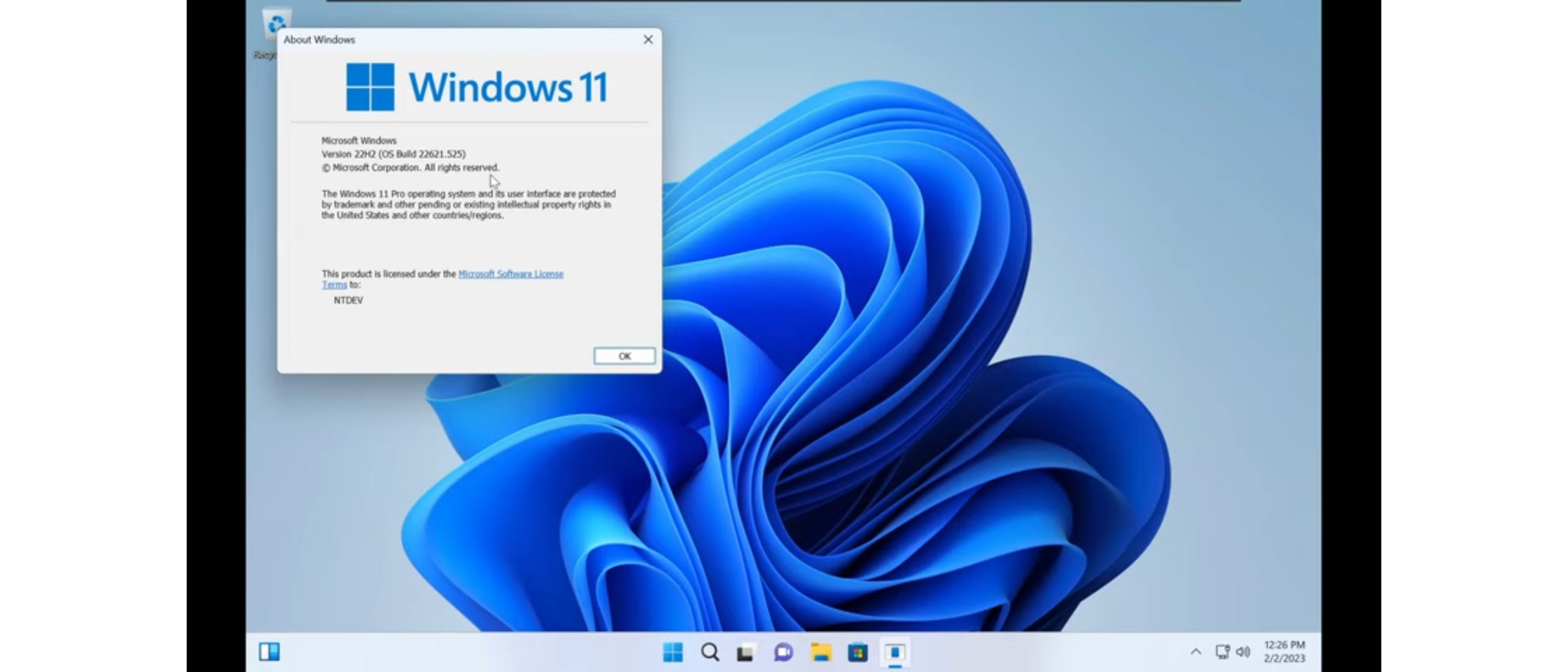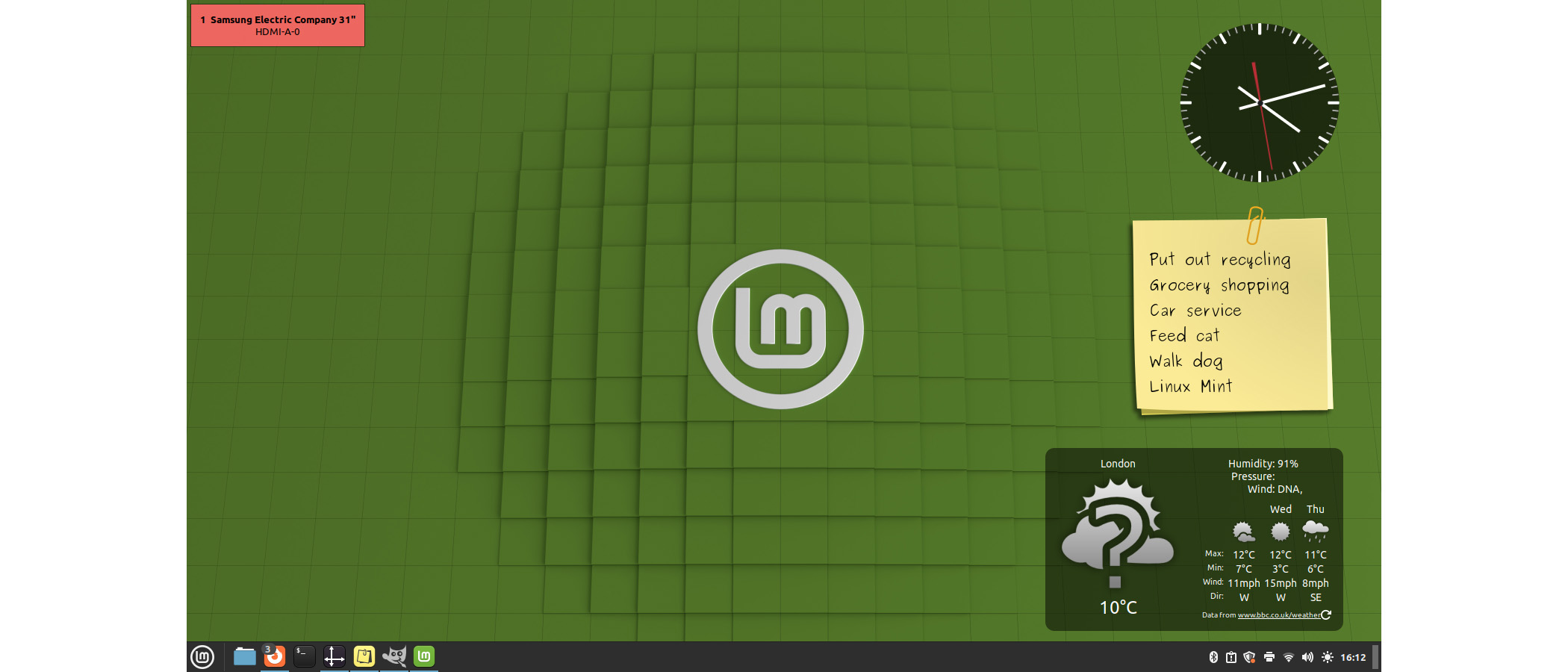Linux Blue Screen of Death gives users a taste of the dreaded Windows feature
The Linux Blue Screen of Death has been added in a recent update


Linux users are set to get their own version of the dreaded Blue Screen of Death (BSOD) as part of a new update to the operating system.
The latest release of systemd for Linux will now generate the error message across a number of distributions, Phoronix reported yesterday. Systemd is a software suite used in a number of Linux operating systems, including Ubuntu, Red Hat, Debian, and Fedora.
Dubbed ‘systemd-bsod’, the new component will be displayed in the event that a user has a “LOG-EMERG” emergency condition.
This is intended specifically to alert users in the case of a boot failure, and was developed as part of Outreachy 2023, an open source development internship scheme, according to Phoronix.
In the event that users encounter the Linux blue screen of death, a QR code will also be displayed to provide additional information on the cause of the error and offer remediation tips.
GitHub changelogs note that this feature is still very much in its infancy, and could be changed in due course.
“A new component in “systemd-bsod” has been added, which can show logged error messages full screen, if they have a log level of LOG_EMERG log level,” the changelog reads. “This component is experimental and its public interface is subject to change.”
Sign up today and you will receive a free copy of our Future Focus 2025 report - the leading guidance on AI, cybersecurity and other IT challenges as per 700+ senior executives
RELATED RESOURCE

Discover the benefits of a hybrid approach to cloud architecture
DOWNLOAD NOW
This wouldn’t be out of the ordinary given that Windows has tinkered with the BSOD repeatedly in recent years.
The BSOD changed to a ‘black screen of death’ for Windows 11 following its launch in 2021. However, this was subsequently reverted back to the original color scheme.
QR codes were added to Windows 10 in 2016 to provide users with crash report details.
What is the Blue Screen of Death?
The infamous blue screen of death is an error that appears when a Windows operating system - such as Windows 10 or Windows 11 - encounters an unexpected fault.

This halts all critical processes and is used to prevent unintended damage to the operating system in the event of a fault.
Windows users have long lamented the blue screen of death as a major inconvenience. However, it plays a vital role in preventing unintended damage to the operating system in the event of a fault.
The BSOD halts all critical processes, including networks, applications, and platforms.
Blue screen errors typically appear after a major update or installation of a new application.

Ross Kelly is ITPro's News & Analysis Editor, responsible for leading the brand's news output and in-depth reporting on the latest stories from across the business technology landscape. Ross was previously a Staff Writer, during which time he developed a keen interest in cyber security, business leadership, and emerging technologies.
He graduated from Edinburgh Napier University in 2016 with a BA (Hons) in Journalism, and joined ITPro in 2022 after four years working in technology conference research.
For news pitches, you can contact Ross at ross.kelly@futurenet.com, or on Twitter and LinkedIn.
-
 Developer accidentally spends company’s entire Cursor budget in one sitting
Developer accidentally spends company’s entire Cursor budget in one sittingNews A developer accidentally spent their company's entire Cursor budget in a matter of hours, and discovered a serious flaw that could allow attackers to max out spend limits.
-
 Global IT spending set to hit a 30-year high by end of 2025
Global IT spending set to hit a 30-year high by end of 2025News Spending on hardware, software and IT services is growing faster than it has since 1996
-
 Red Hat eyes tighter data controls with sovereign support for EU customers
Red Hat eyes tighter data controls with sovereign support for EU customersNews The company's new offering will see support delivered entirely by EU citizens in the region
-
 Red Hat eyes developer workflow efficiency, app modernization gains with new AI tools
Red Hat eyes developer workflow efficiency, app modernization gains with new AI toolsNews An AI assistant specifically designed for application migration and modernization looks to reduce developer toil
-
 Red Hat is giving developers free access to RHEL – here’s what you need to know
Red Hat is giving developers free access to RHEL – here’s what you need to knowNews Red Hat Enterprise Linux for Business Developers aims to help development teams build, test, and deploy applications more efficiently – and at no extra cost.
-
 Red Hat just made three big changes to its developer hub – here’s what you need to know
Red Hat just made three big changes to its developer hub – here’s what you need to knowNews Red Hat has unveiled a raft of upgrades for Red Hat Developer Hub (RDHD), including support for a local version as well as new analytics.
-
 Red Hat launches Build module as part of partner program refresh
Red Hat launches Build module as part of partner program refreshNews Red Hat has announced new changes to its partner program, including the launch of a new 'Build' module and go-to-market support capabilities.
-
 Red Hat eyes “clear pathways for collaboration” with new partner program updates
Red Hat eyes “clear pathways for collaboration” with new partner program updatesNews The enhanced framework for Red Hat partners features a new modular design and fresh incentives
-
 Best server distros
Best server distrosBest We've evaluated the best server distros around to help you and your business make the best choice for your OS
-
 Red Hat adds trio of new tools to its Trusted Software Supply Chain
Red Hat adds trio of new tools to its Trusted Software Supply ChainNews The open-source giant said the additions will help organizations tackle vulnerabilities in their supply chains earlier and improve overall resiliency
